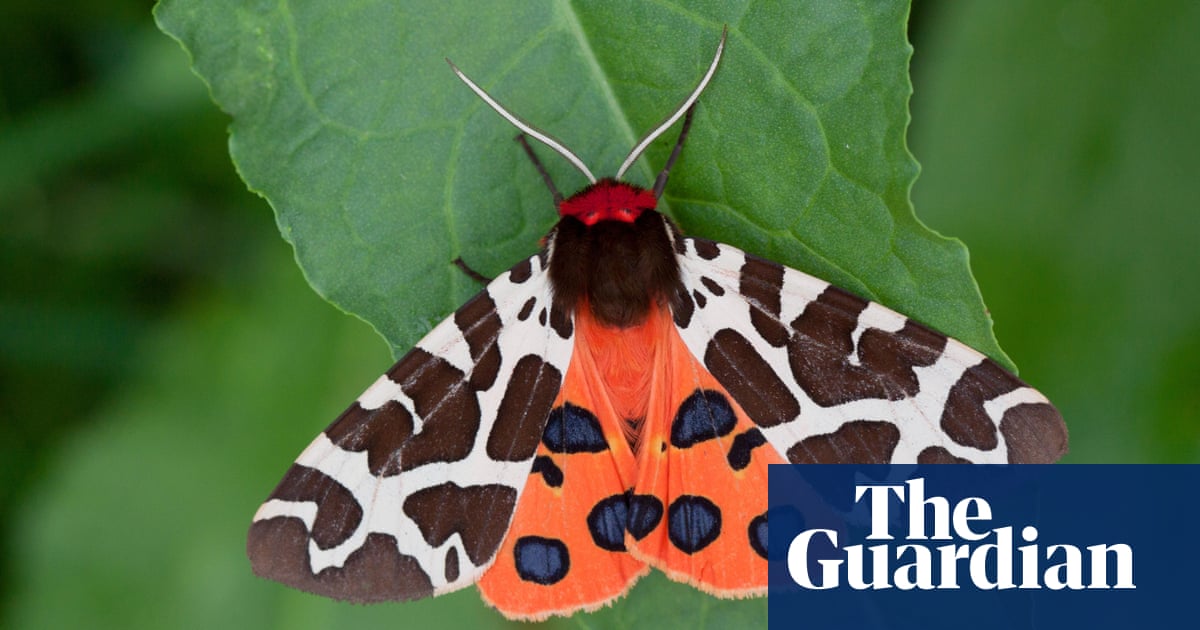
Climate change and deforestation are putting more than half the world’s wild coffee species at risk of extinction, with 60% of 124 known species on the edge of extinction, scientists warned on Wednesday.
Research published by experts at Britain’s Royal Botanic Gardens at Kew found that current conservation measures for wild coffee species are not enough to protect their long-term future.
More than 100 types of coffee trees grow naturally in forests, including two used for the coffee we drink.
Scientists say the figure is "worrying", as wild coffee is critical for sustaining the global coffee crop.
About one in five of the worlds plants is threatened with extinction, and the 60% figure is an "extremely high" one.
Aaron Davis, head of coffee research at Kew, who co-led the work, said that among coffee species threatened with extinction are some that could be used to breed and develop the coffees of the future, including some that have resistance to disease and that can withstand worsening climatic conditions.
He said targeted action is urgently needed in specific tropical countries, particularly in Africa and particularly in forested areas which are being hit hard by climate change.
“As temperatures increase and rainfall decreases - the suitable area for growing ... diminishes,” Davis said.
He noted the findings were not just important for coffee drinkers. “There are many countries which depend on coffee for the ... bulk of their export earnings. It’s estimated there are 100 million people producing coffee in farms around the world.”
Research published in the journal, Science Advances, found conservation measures were "inadequate" for wild coffees, including those considered "critical" for long-term global coffee production.
The study found that 75 wild coffee species are considered threatened with extinction, 35 are not threatened and too little is known about the remaining 14 to make any judgment.
Furthermore, it was found that 28% of wild coffee species grow outside protected areas and only about half are preserved in seed banks.
A second study, in Global Change Biology, found that wild Arabica coffee can be classed as threatened under official (IUCN Red List) rankings, when climate change projections are taken into account.
Its natural population is likely to shrink by up to 50% or more by 2088 because of climate change alone, according to the research.
Wild Arabica is used to supply seeds for coffee farming and also as a harvested crop in its own right.
Ethiopia is the home of Arabica coffee, where it grows naturally in upland rainforests.
"Given the importance of Arabica coffee to Ethiopia, and to the world, we need to do our utmost to understand the risks facing its survival in the wild," said Dr Tadesse Woldemariam Gole, of the Environment and Coffee Forest Forum in Addis Ababa.
Many coffee drinkers are unaware that we only use the coffee beans from two species - Coffea Arabica and Coffea robusta - in the thousands of different blends of coffee on sale.
In fact, there are 122 coffee species on top of that which occur naturally in the wild.
Many of these wild coffees do not taste good to drink, but may contain genes that can be harnessed to help coffee plants survive in the future, amid climate change and emerging diseases that attack coffee trees.
In the longer term, we will need to call on wild species to safeguard the future of the worlds coffee crop, say researchers.
"We will call on those wild resources time and time again," said Dr. Davis.
Globally, about one in five plants is threatened with extinction, compared with 60% for coffee.
As a comparison, about half of wild tea and mango species are threatened with extinction, 6% of hazelnuts and 9% of pistachios.
The vast majority of wild coffee grows in the remote forests of Africa and on the island of Madagascar. Beyond Africa, wild coffee is found in other tropical climates, including parts of India, Sri Lanka, and Australia.
Global coffee trade relies on two species - Arabica (Coffea arabica) and Robusta (Coffea canephora).
Crop wild relatives are wild plants that are genetically related to cultivated crops.
They continue to evolve in the wild, and can be crossed with domesticated crops.
They have been used to improve the yields and nutritional quality of crops since the dawn of agriculture.
Scientists say we must understand the risks to coffee farming and make sure we have the resources in place to overcome threats.
Coffee trees, like many tropical plants, have seeds that do not survive the freeze-drying process used in conventional seed banks - 45% of coffee species have not been "backed up" outside the wild.
Dr. Eimear Nic Lughadha of Kew said this is the first time an IUCN Red List assessment has been carried out to find the extinction risk of the worlds coffee, and the figure of 60% is "extremely high".
"We hope this new data will highlight species to be prioritized for the sustainability of the coffee production sector, so that appropriate action can be taken to safeguard the species," she said.












